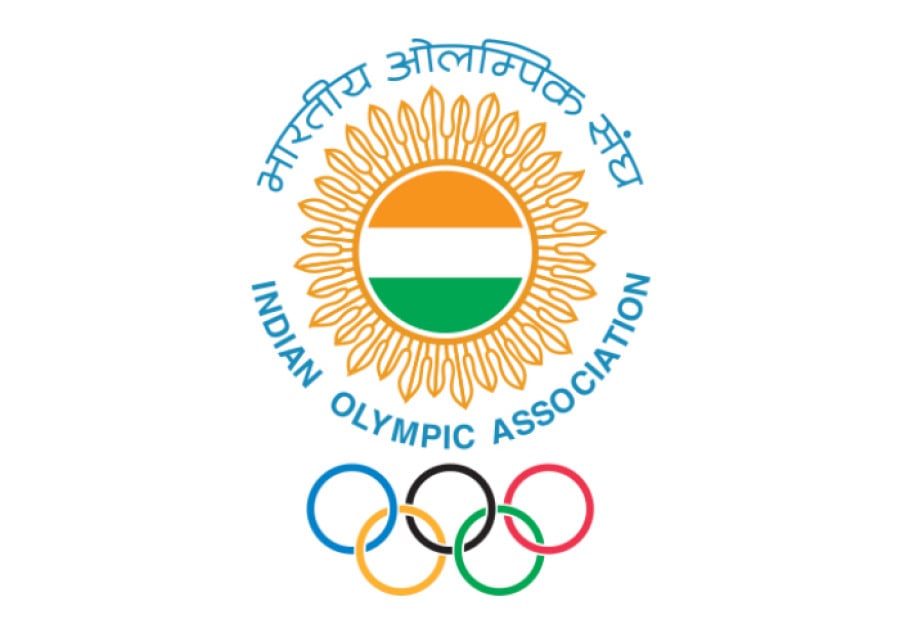India’s new National Sports Code: problems with implementation and the effect on the autonomy of sport

This week’s Indian sports law update summarizes the issues surrounding the Delhi High Court’s decision to pass the National Sports Code.
Though currently suspended, both the Indian Amateur Boxing Federation (IABF) and the Archery Association of India (AAI) are facing challenges when trying to incorporate the National Sports Code’s “age and tenure restrictions” into their constitutions; the Indian Olympic Association (IOA) is also trying to resolve similar conflicts with the National Sports Code because of the International Olympic Committee’s regulations.
The National Sports Code passed, complications arise for governing bodies
As “directed” by the Delhi High Court, all National Sports Federations (NSFs) and the IOA are now required to “follow the National Sports Code”, formally known as the National Sports Development Code of India.
This decision is a response rejecting the IOA’s petition to the Delhi High Court “challenging the implementation of the sports code on sports bodies.” In its petition, the IOA argued that by requiring sports bodies to follow the National Sport Code, the government would be infringing on the autonomy of sports bodies, and going beyond its own power.
By citing “entry 97 of the First List of the seventh schedule of the Indian Constitution”, the Delhi Court rejected the IOA’s petition. Justice Ravinder Bhat and Justice Nazmi Waziri explained that incorporating the Sports Code is “ 'neither arbitrary' nor does it 'violate any freedom under the Constitution'.”
The Government of India passed the National Sports Development Code of India in 2011, when Ajay Maken was sports minister, to place “restrictions on the age and tenure of office bearers, besides envisaging free and fair elections and transparent functioning of National Sports Federations.” Maken has openly voiced his support for the Delhi High Court’s decision by stating, “My stand on the Sports Code has been vindicated with the high court supporting the Code.”
The Sports Code set the “age limit” at 70 years old for all office bearers, with the “tenure regulations” only applying to the president, secretary general/secretary, and treasurer. As for the terms of the president, he/she “may hold office for a maximum period of twelve years (three terms of four years) with or without break,” the secretary general/secretary as well as treasurers can serve for two successive four-year terms, then a minimum four-year “cooling off period” in order to apply “to seek fresh election.”
To continue reading or watching login or register here
Already a member? Sign in
Get access to all of the expert analysis and commentary at LawInSport including articles, webinars, conference videos and podcast transcripts. Find out more here.
- Tags: Anti-Doping | Boxing | Governance | India | Indian Amateur boxing Federation (IABF) | Indian Olympic Association | International Field Archery Association (IFAA) | National Anti-Doping Agency (NADA) | Regulation
Related Articles
- The suspension of Dominique Blake reduced to 4 years and 6 months
- Canadian Centre for Ethics in Sport and UK Anti-Doping partner to strengthen fight against doping
- US cycling athlete, Robertson, accepts sanction for anti-doping rule violation
- Travis Tygart, CEO of U.S. Anti-Doping Agency, talks Lance Armstrong and doping in Major League sport - Episode 21
Written by
Manali Kulkarni
Manali previously researched on sports and society in India, specifically focusing on the influence of sport on the gender divide in India. She joined LawInSport in September 2013 as a research assistant providing updates on Indian sports law.

 Global Summit 2024
Global Summit 2024